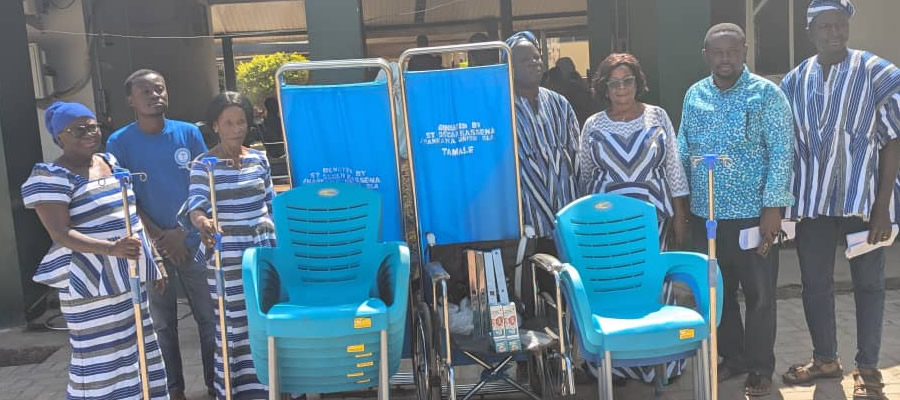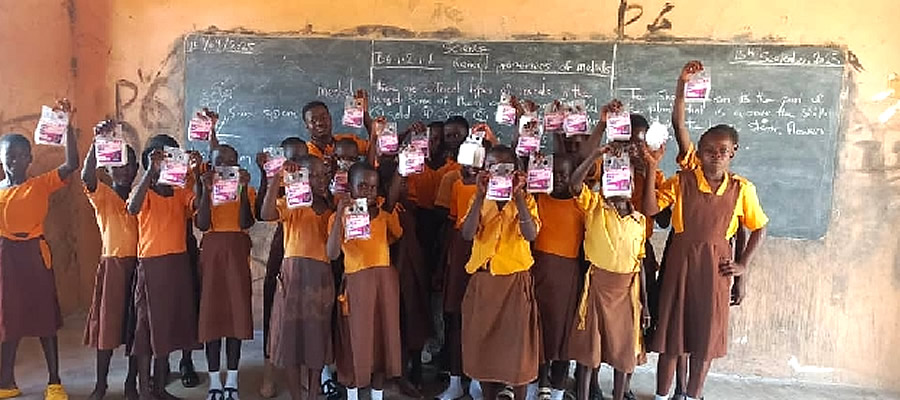
The Upper East Region is located in the north-eastern corner of the country, between longitude 00 and 10 West and latitudes 100 30”N and 110N. It is bordered to the north by Burkina Faso, the east by the Republic of Togo, the west by Sissala District in Upper West and the south by West Mamprusi District in Northern Region (Figure 1). The land is relatively flat with a few hills to the East and southeast. The total land area is about 8,842 sq km, which translates into 2.7 percent of the total land area of the country. 2 Soil and Drainage TheRegion?s soil is “upland soil” mainly developed from granite rocks. It is shallow and low in soil fertility, weak with low organic matter content, and predominantly coarse textured. Erosion is a problem.
Valley areas have soils ranging from sandy loams to salty clays. They have higher natural fertility but are more difficult to till and are prone to seasonal water logging and floods. Drainage is mainly by the White and Red Volta and Sissili Rivers (Regional Coordinating Unit, 2003). Vegetation The natural vegetation is that of the savannah woodland, characterized by short scattered drought-resistant trees and grass that gets burnt by bushfire or scorched by the sun during the long dry season. Human interference with ecology is significant, resulting in near semi-arid conditions. The most common economic fruit trees are the sheanut, dawadawa, boabab and acacia. Climate The climate is characterized by one rainy season from May/June to September/October.
The mean annual rainfall during this period is between 800 mm and 1.100 mm. The rainfall is erratic spatially and in duration. There is a long spell of dry season from November to midFebruary, characterized by cold, dry and dusty harmattan winds. Temperatures during this period can be as low as 14 degrees centigrade at night, but can go to more than 35 degrees centigrade during the daytime. Humidity is, however, very low making the daytime high temperature less uncomfortable. The Region is entirely within the “Meningitis Belt” of Africa. It is also within the onchocerciasis zone, but with the control of the disease, large areas of previously abandoned farmlands have been declared suitable for settlement and farming.
Date Created : 11/29/2017 5:55:56 AM












 facebook
facebook
 twitter
twitter
 Youtube
Youtube
 +233 593 831 280
+233 593 831 280 0800 430 430
0800 430 430 GPS: GE-231-4383
GPS: GE-231-4383 info@ghanadistricts.com
info@ghanadistricts.com Box GP1044, Accra, Ghana
Box GP1044, Accra, Ghana